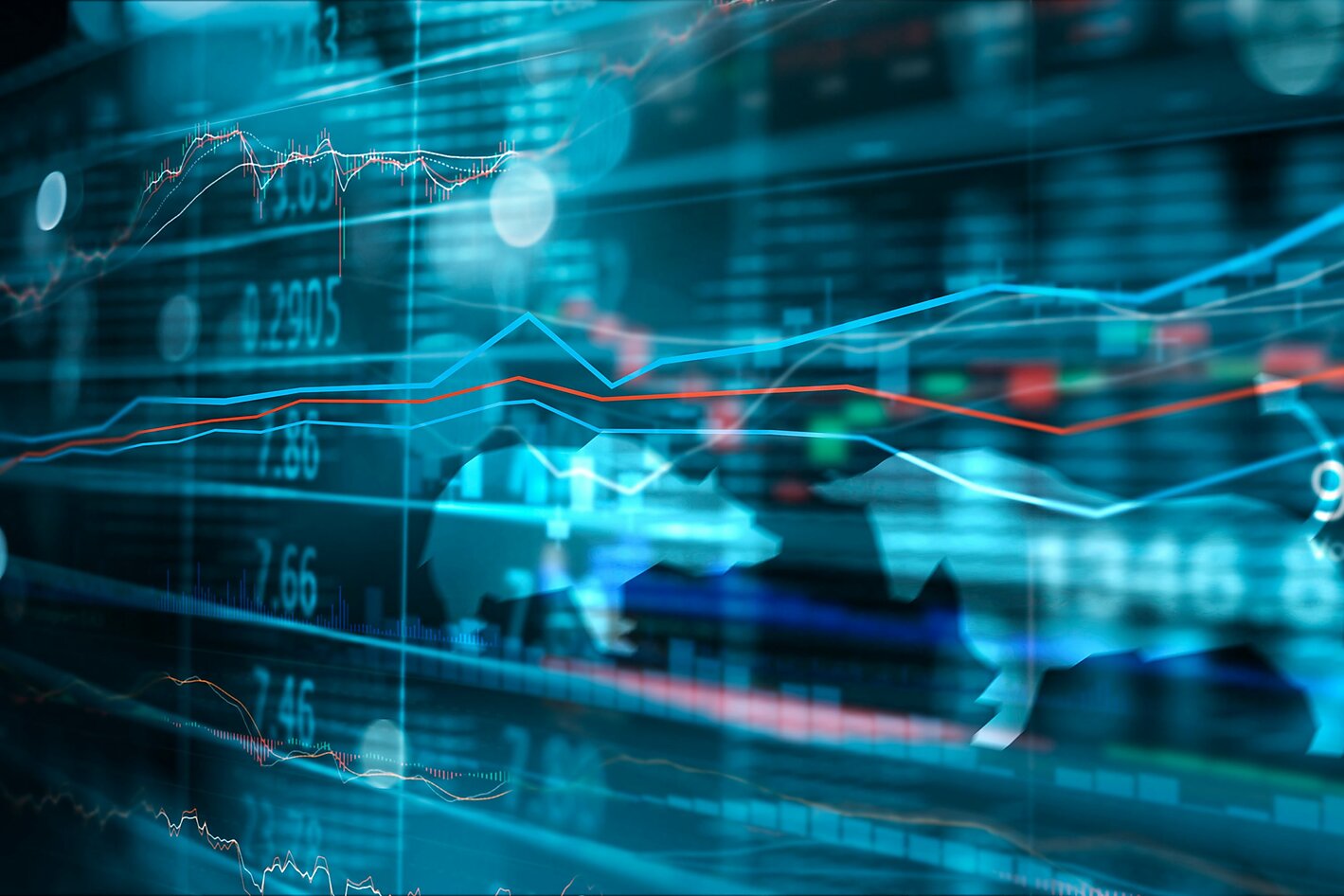Movements in market prices of products, services, and labor provide ongoing messages about their relative scarcity—of supply relative to demand. One consequence of the COVID-19 pandemic has been the huge disruptions to the underlying supply and demand conditions across markets.
When the pandemic hit, demand
-
collapsed in industries requiring physical interactions, such as restaurants and air travel;
-
soared for virus-related health products, such as facemasks and hand sanitizer, and industries requiring less human interaction, such as home delivery;
-
rose significantly for certain grocery products, as precautionary purchasing took off ahead of lockdowns; and
-
shifted from commercial products to domestic retail (e.g., from commercial toilet paper to home toilet paper).
There were also significant and ongoing disruptions to the supply side of many industries:
-
government social distancing guidelines and business decisions closed and then restricted capacity across service sectors, including restaurants and movie theaters;
-
the virus’s health impact on workers disrupted supply chains, such as in meatpacking;
-
businesses had to invest in adapting to serve retail rather than commercial demands;
-
the virus and policy restrictions disrupted travel and trade; and
-
uncertainty deterred new investments in capacity.
With such large changes in market conditions, we might therefore expect prices to have adjusted sharply. Indeed, they did across many sectors. Market prices of flights, restaurant foods, sports merchandise, and hotels collapsed early in the pandemic, while prices of facemasks, hand sanitizer, game consoles, and even marinara sauce rose significantly, particularly online. As these supply and demand realities change again, we might expect more major price shifts. This is especially true if a medical innovation brings a relatively abrupt end to the need for social distancing.



